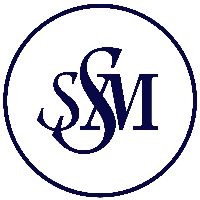
Steamship Mutual
Published: August 09, 2010
September 2006
The current trend of high minerals prices has made viable some trades which would otherwise be uneconomic. One such trade is the shipment of unprocessed nickel ore from Indonesia and the Philippines on long ocean voyages. These ores have relatively low nickel content and have been shipped on shorter voyages to Australia and Japan for many years.
The ore is simply dug out of the ground, sorted for size, stored in stockpiles and then shipped. No further processing other than "solar drying", which is questionable in its efficacy, is involved. There are many islands in Indonesia from which this material is being shipped, mostly in very remote locations.
Nickel ore is not found in a homogeneous form. Much of the material is very fine clay-like particles but there are also larger rock-like particles, some of which can be very large indeed. The material also has a relatively large moisture content of up to 30-40% by mass.
As with many minerals of a finely particulate nature, including mineral ore concentrates, these ores have the property that they can liquefy and shift if their inherent moisture level is too great. Serious problems have been experienced in the last few months with ocean transport of these cargoes.
Due to the way these materials are mined, the composition and physical behaviour can differ greatly from mine to mine, between different shipments from the same mine, and even within a single cargo. Moisture content on its own is not a reliable indicator of the potential hazard; some cargoes may be of very dry, even dusty appearance and unlikely to liquefy whereas another cargo with the same moisture content from a different loadport may be of muddy wet appearance and may present a serious shifting hazard.
Carriage of materials liable to liquefy is governed by the IMO Bulk Code, where they are listed as "Group A" commodities. The Code specifies that for safe shipment, two important parameters must be evaluated by shippers: The first is the actual moisture content of the cargo to be shipped. The second is the Transportable Moisture Limit (TML) of the cargo. If the actual moisture content is below the TML, then the material is deemed safe for carriage. TML is calculated as 90% of the Flow Moisture Point (FMP) which is the moisture level at which that particular cargo type will flow when tested. A certificate stating the actual moisture content and the TML of the cargo proposed for shipment must be issued.
The main test for FMP which is used in Indonesia is the flow table test. This is a standard test which works well for materials such as mineral ore concentrates. Unfortunately the flow table test does not give well defined results on this type of nickel ore; in a recent case different laboratories obtained widely varying results on samples supposedly representing the same cargo. There are also problems at the load ports of rainwater wetting of unprotected stockpiles of cargo prior to shipment.
The situation at present is unresolved and unsatisfactory. There are alternative tests described in the IMO Bulk Code which may be more appropriate for these nickel ore cargoes, but the reliability of these alternative tests for this type of cargo has not yet been evaluated. The Bulk Code also describes a shipboard method for checking whether a cargo may be suitable for shipment. This involves filling a small can with the material and repeatedly banging it on a hard surface. The appearance of the material at the end of the test can be used to shed light on the suitability of the material for shipment. This test is also difficult to interpret and should not be a substitute for proper laboratory testing using an appropriate methodology.
Members involved in this trade should treat the material with caution and in the event of uncertainty contact the Managers London representatives for advice and assistance.
With thanks to Dr Martin Jonas of Brookes Bell for preparing this article.


